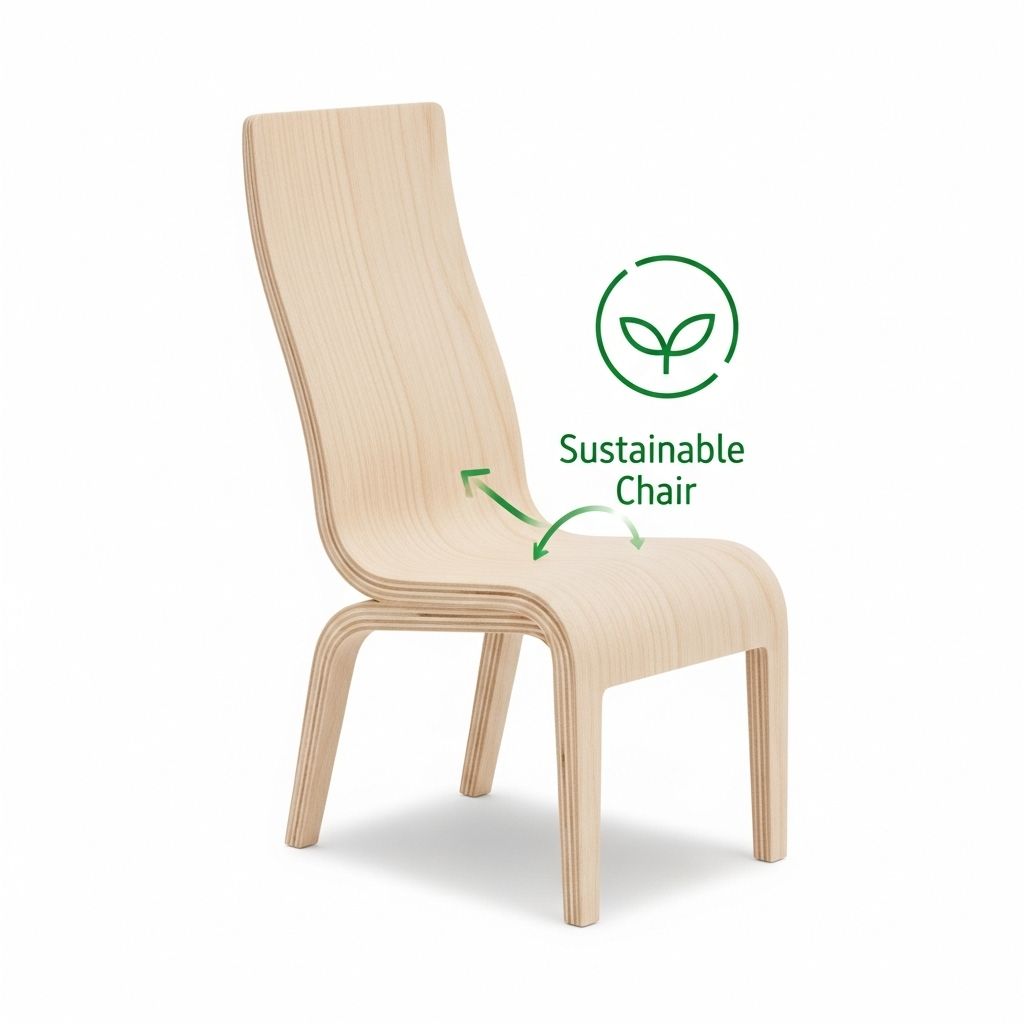As we approach 2025, the world of design continues to evolve, embracing new technologies and societal trends. Minimalism, a design philosophy that emphasizes simplicity and functionality, remains at the forefront of creative innovation. This article explores ten minimal design ideas that are set to define the aesthetics of 2025, providing inspiration for designers and enthusiasts alike.
1. Sustainable Materials
The push for sustainability is influencing minimal design, encouraging the use of eco-friendly materials. In 2025, expect to see:
- Recycled metals and plastics
- Bamboo and reclaimed wood
- Organic textiles like hemp and linen
These materials not only reduce environmental impact but also add unique textures and natural beauty to designs.
2. Bold Typography
In minimal design, typography plays a crucial role. As we move into 2025, bold and oversized fonts will take center stage. These will serve to:
- Enhance readability
- Create visual hierarchy
- Add a modern touch to traditional layouts
Designers will favor sans-serif fonts with clean lines and geometric shapes, ensuring a contemporary look.
3. Monochromatic Color Schemes
Color palettes for 2025 will lean heavily towards monochromatic schemes. This approach not only simplifies visual elements but also provides a cohesive look. Key colors expected to dominate include:
| Color | Hex Code |
|---|---|
| Soft Grey | #D3D3D3 |
| Deep Navy | #001F3F |
| Earthy Beige | #F5F5DC |
These colors create a serene and sophisticated atmosphere while allowing other design elements to shine.
4. Asymmetrical Layouts
While minimalism typically implies symmetry, 2025 will see a shift towards asymmetrical layouts that challenge conventional design norms. Benefits of asymmetry include:
- Creating dynamic visual interest
- Encouraging exploration of the design
- Highlighting key elements through contrast
Designers will utilize grids that break traditional boundaries, leading to engaging and unexpected compositions.
5. Interactive Elements
With advancements in technology, interactive design elements will become more prominent in minimal designs. This includes:
- Micro-interactions that provide feedback to user actions
- Dynamic animations that enhance storytelling
- Augmented reality features that engage users
The goal is to create an immersive experience while maintaining the core principle of simplicity.
6. Natural Light Integration
In both architectural and interior design, the integration of natural light will be paramount. Designers will focus on:
- Large windows that flood spaces with sunlight
- Skylights that enhance open areas
- Translucent materials that soften harsh light
This emphasis on light not only improves the aesthetic but also promotes well-being and mindfulness.
7. Smart Technology Integration
Minimal designs of 2025 will seamlessly incorporate smart technology. Homes and workplaces will feature:
- Smart lighting systems that adjust based on natural light
- Voice-activated controls for appliances
- Integrated home automation systems
These technologies will be embedded in a way that maintains a clean and uncluttered appearance.
8. Textured Surfaces
To add depth to minimalist designs, textured surfaces will gain popularity. This can include:
- Textured wall finishes like stucco or wood paneling
- Layered textiles in upholstery and curtains
- 3D-printed elements for decorative features
These textures will help create a tactile experience, inviting touch and interaction.
9. Modular Furniture
As urban living spaces become more compact, modular furniture will be essential. Designers will create:
- Multi-functional pieces that serve various purposes
- Customizable furniture that adapts to user needs
- Lightweight designs for easy reconfiguration
The focus will be on practicality without sacrificing style, making minimalism more accessible.
10. Biophilic Design
Biophilic design, which connects people to nature, will become increasingly significant. In 2025, this will manifest in:
- Incorporating indoor plants as design elements
- Using natural motifs in patterns and decor
- Designing layouts that encourage outdoor views
Such elements not only enhance aesthetic appeal but also promote psychological benefits, improving the overall well-being of inhabitants.
Conclusion
The minimal design ideas for 2025 reflect a blend of aesthetic, sustainability, and functionality. As the design world continues to embrace innovation, these concepts will lead to environments that are not only pleasing to the eye but also conducive to modern living. Designers who stay ahead of these trends will create spaces that resonate with users’ needs and values in an ever-evolving world.
FAQ
What are minimal design ideas for 2025?
Minimal design ideas for 2025 focus on simplicity, functionality, and clean lines, emphasizing a clutter-free aesthetic and sustainable materials.
How can I incorporate minimalism into my home decor?
You can incorporate minimalism into your home decor by choosing neutral color palettes, investing in multi-functional furniture, and reducing decorative items to a few meaningful pieces.
What colors are trending in minimal design for 2025?
Trending colors in minimal design for 2025 include soft pastels, earthy tones, and monochromatic schemes, creating a calming and cohesive atmosphere.
Are there specific materials recommended for minimalist designs?
Yes, recommended materials for minimalist designs include natural wood, metal, glass, and recycled materials, which enhance the aesthetic while promoting sustainability.
How does minimalism contribute to a sustainable lifestyle?
Minimalism contributes to a sustainable lifestyle by promoting the use of fewer resources, reducing waste, and encouraging mindful consumption, leading to a lower environmental impact.




